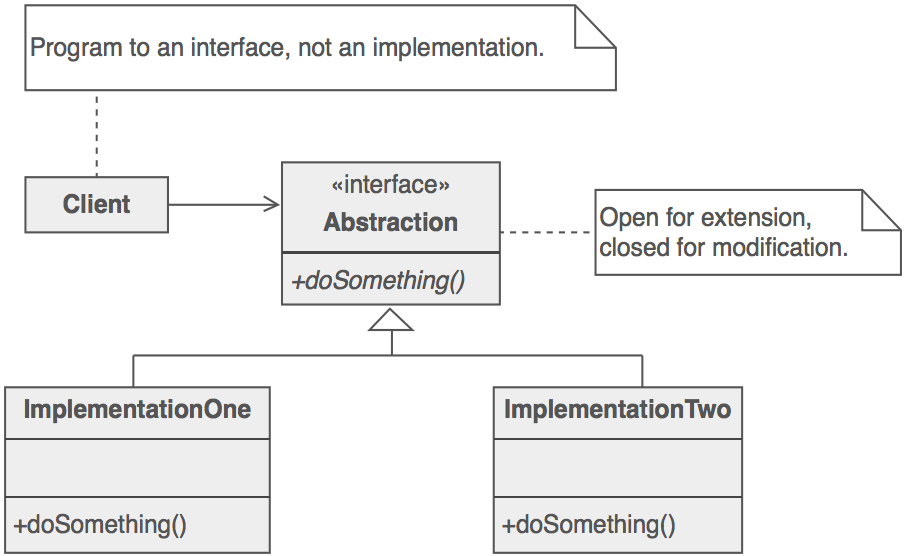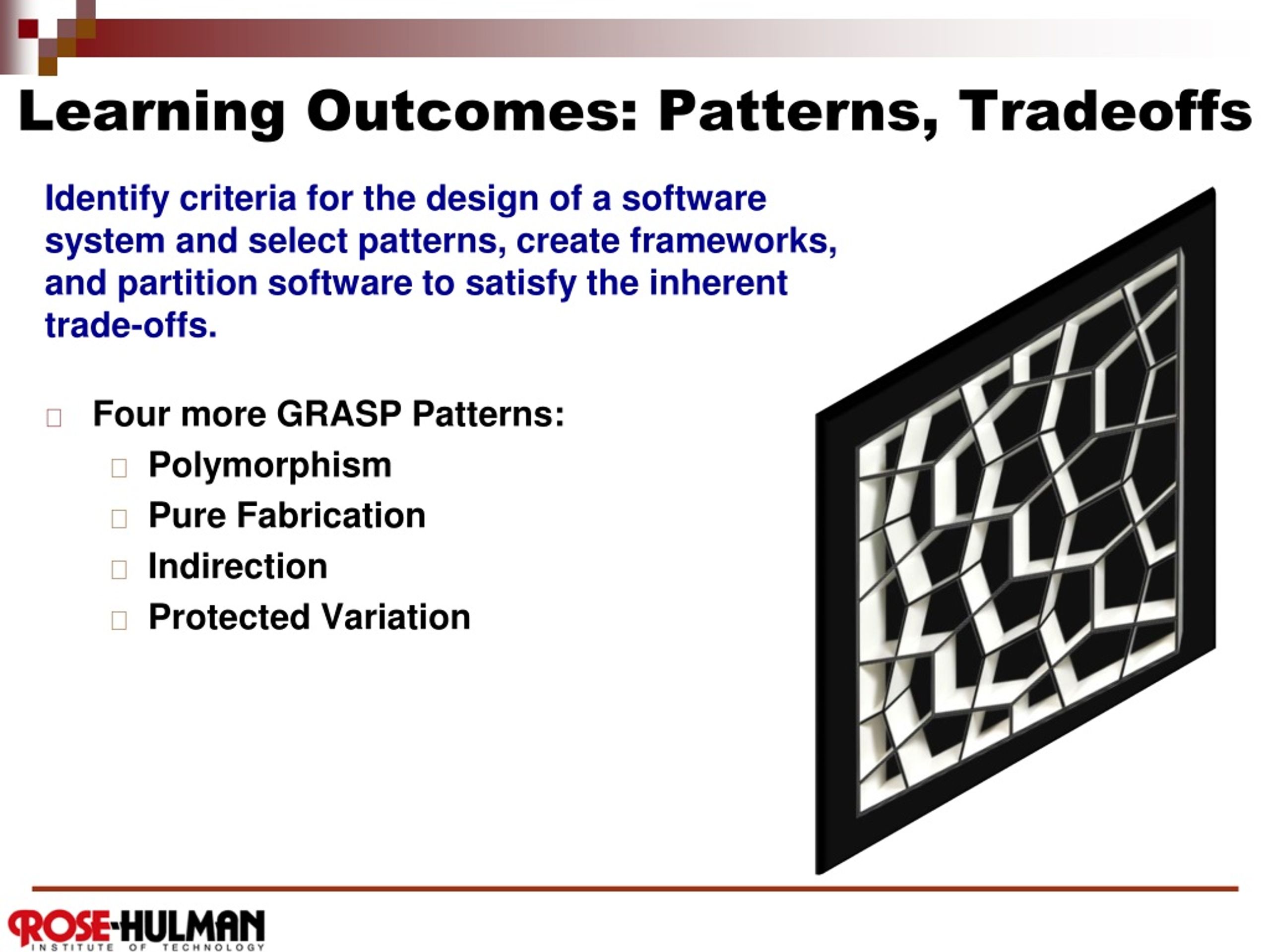


One advantage of this integration design pattern is the interfaces themselves aren’t based on the canonical model as a result, any changes that are made to the canonical model won’t impact the interfaces and their consumers directly. Under the hood, however, the messages within these interfaces are translated into the canonical model. This is done by defining simplified interfaces without using canonical models. This pattern aims to mitigate some of the drawbacks of the canonical data model pattern. Integration design pattern: Façade design patternĪ second example of an integration design pattern is the façade pattern. However, one drawback of this canonical integration design pattern is that it is time-consuming, as one must produce the model from the ground up. Second, it also reduces the integration “learning curve” because integration specialists won’t need to understand new data structures rather, they can work with the canonical model and complete integration projects more quickly. First, it greatly reduces an organization’s maintenance costs. This integration design pattern is widely used in the enterprise for a variety of reasons. Enterprise Service Bus) where they are then converted into a canonical standard format. The data and/or message are then routed through an integration platform (e.g. It refers to creating a messaging or data model that can be leveraged by consumers directly or indirectly. The canonical data model pattern is considered as the “oldest” integration design pattern. Integration design pattern Canonical data model pattern To better understand these patterns, let’s take a look at one integration design pattern discussed in Service-driven approaches to architecture and enterprise integration. There are dozens of patterns available––from canonical data model patterns and façade design patterns to messaging, routing and composition patterns.Īll of these integration design patterns serve as a “formula” for integration specialists, who can then leverage them to successfully connect data, applications, systems and devices. If you are an integration specialist, you likely have used or implemented integration design patterns.


 0 kommentar(er)
0 kommentar(er)
